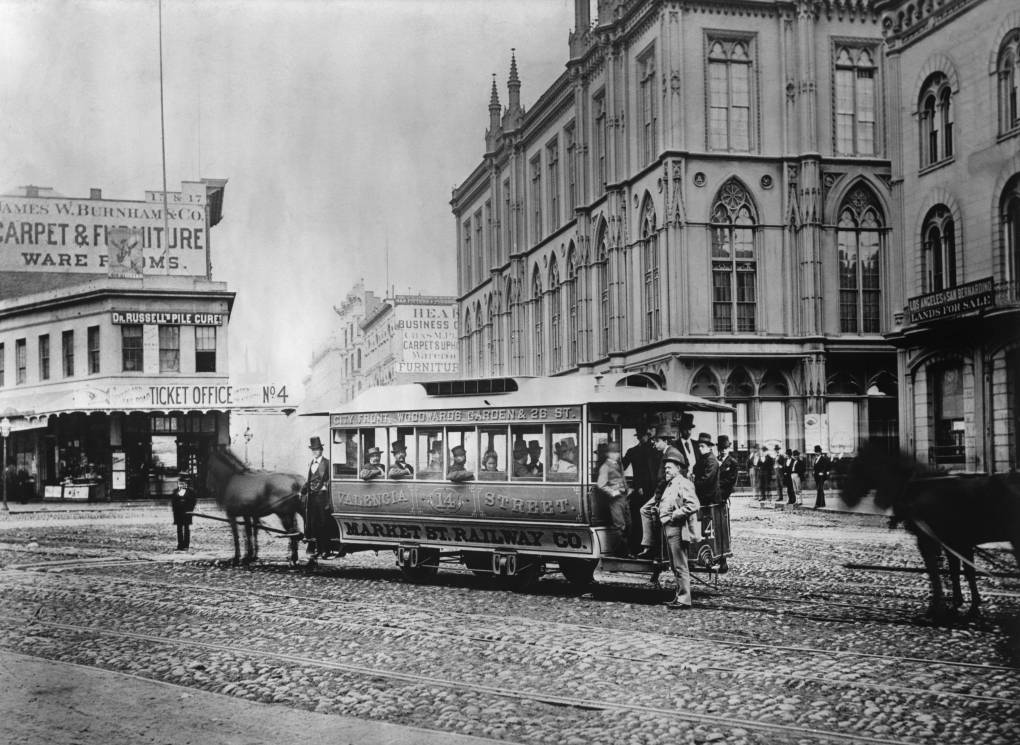Lost Sounds of San Francisco

Lost Sounds of the Bay Area
The Rhythm of Time
Olivia Allen-Price, known for her insightful questions, delves into the realm of "lost sounds" that were once commonplace but have vanished over time.
From the cacophony of leaf blowers to the melancholic wail of fog horns, we are surrounded by sounds that shape our cities' identities.
Brent Silver's question, "I'm interested in learning about what sounds are no longer heard in the San Francisco Bay Area?," sparked a journey into the archives.
Echoes of the Past
Rachael Myrow, a KQED senior editor, shares some "lost sounds" that paint a vivid picture of the Bay Area's vibrant past.
The clip-clopping of horses on Market Street, the bells and whistles of cable cars, and the evocative melodies of rotary phones evoke a time gone by.
"People you loved who are gone... Their voices still exist, somewhere in you," notes documentary filmmaker Sam Green, capturing the enduring power of sound.
The Lost Voice of San Francisco
Myrow introduces us to Harold Gilliam, a legendary environmental journalist whose voice remains deeply resonant today.
"It's a feeling of community with the turning of the earth... and the motions of the tides," Gilliam said, describing his emotional connection to the Bay's foghorns.
The foghorns and the Tuesday noon siren are reminders of a city that both embraces and transcends technology.
Sounds That Shape Us
Green shares his admiration for the Kronos Quartet, whose evolving sound epitomized the Bay Area's eclectic musical heritage.
"Every time we’d do it, I would sit there on stage and listen to them play. And it just was... always a deep and profound thrill," Green recalls.
Rachael Myrow also unveils rare audio recordings from San Francisco's radio history, including speeches by Paul Robeson and live jazz performances by the Anson Weeks Orchestra.
"A city’s soundscape... is an ephemeral blend of its people, the technologies they used, and the music that formed the soundtrack to their lives," Myrow eloquently observes.
The Sounds of Now and Then
Olivia Allen-Price concludes by highlighting the impermanence of sounds and the importance of preserving them for future generations.
She invites listeners to share their own questions about the Bay Area's changing soundscape, underscoring the power of collective storytelling to capture the essence of a city through time.